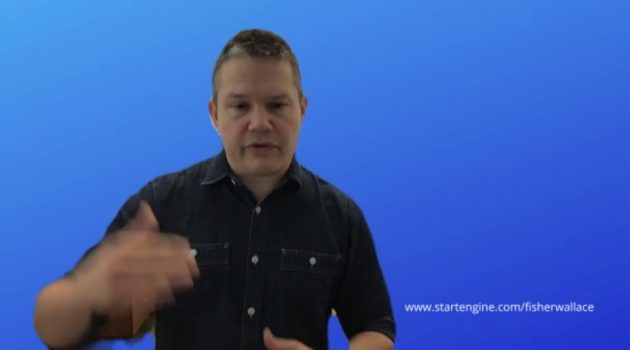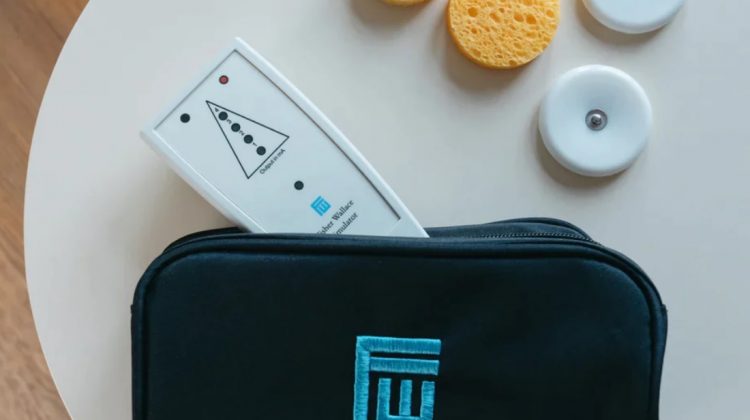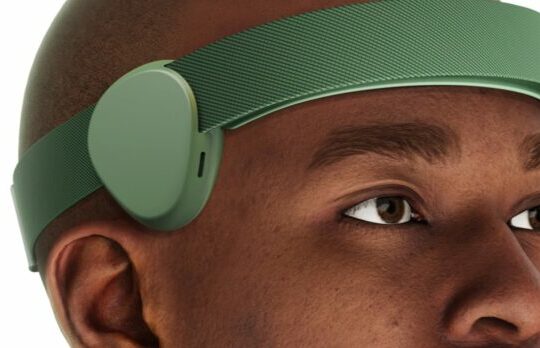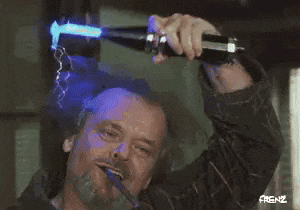
Fisher Wallace will end its crowdfunding campaign (in 27 days… ) to concentrate on a formal raise of up to $20 million led by broker-dealers, CEO Kelly Roman said.
The company is now valued at $100 million, as its total crowdfunding raise has reached $8.3 million, excluding the $163,000 so far in its current tranche.
Roman said that selling out the original version generated a lot of cash.
In an emailed statement, Roman said selling 100,000 units of its original machine brought in $40 million in revenue.
Its new version — OAK – same patented technology but friendlier (and cuter) design, from the people who brought you Beats by Dre headphones, Nest and HoloLens — will be distributed next year, while those who bought the first-run demo units are expected to receive them much sooner.

“Under temporary FDA-Clearance, we distributed 100,000 Version 1.0 devices (the “Fisher Wallace Stimulator”) via 14,000 prescribers, generating over $40 million in revenue and proving product-market fit with a proof-of-concept device that’s far less appealing and lesshufs scientifically validated than OAK.”
“OAK is intended to become the first mass-market wearable for depression, and ultimately for anxiety, insomnia and cognitive disorders – a rapid, safe, self-administered solution that is affordable without insurance.”
While still bullish of receiving FDA approval (which would allow these to be prescribed by doctors as part of health insurance — the big rub currently) the new OAK could be sold directly in Europe where no prescription is necessary.
“New, permanent FDA approval and CE Marks would establish OAK in two enormous markets and provide a springboard to expand globally. The US market is the only major one that requires a prescription. Our hardware customers can become our software users.”

“Our patent-pending, Version 2.0 technology has been shown in a randomized, controlled trial to rapidly and significantly treat depression in women, and we intend to conduct a 12-week study to demonstrate effectiveness in men and the durability of effectiveness beyond four weeks of treatment.”
“Our remaining product development timeline allows us to start distributing OAK next year via investigational pilot programs and usability and confirmatory testing (by which many of our investors and pre-order customers may receive OAK long before its commercial release). At this point, we believe we are ready to raise the significant capital needed to make OAK as ubiquitous as a smartphone.”
The company previously raised $2.5 million from SHUFL Capital, a British family office and venture investor now raising a $10 million Happiness Fund I from accredited investors after its Fund Zero, which owns 11% of Fisher-Wallace, proved so successful.
The Fisher-Wallace Cranial Stimulator uses 1 milliampere (mA) of alternating current in three frequencies 5Hz, 500Hz and 15,000Hz. It’s actually the 5 Hz, and a secret decimal after it, that allows the vibration to enter the brain, as it uses the larger frequencies as carrier waves. The new model, OAK, has the same technology, but in a more modern package.
The original was approved for depression, but is now being tested and used “off label” for insomnia and PTSD for veterans and first responders, for ADHD with kids, and just about anything else that requires getting your brain back into its rhythm. At home, we call this the “brain tuner” and recommend it widely. The company was selling them — as they strove to sell out their supply — for $299.
Medical Studies Review: CES Brain Stimulation Devices Improve ADHD, Fibromyalgia Symptoms
Exploring the Potential of Cranial Electrotherapy Stimulation: Promising Results for Mental Health



Leave a Reply